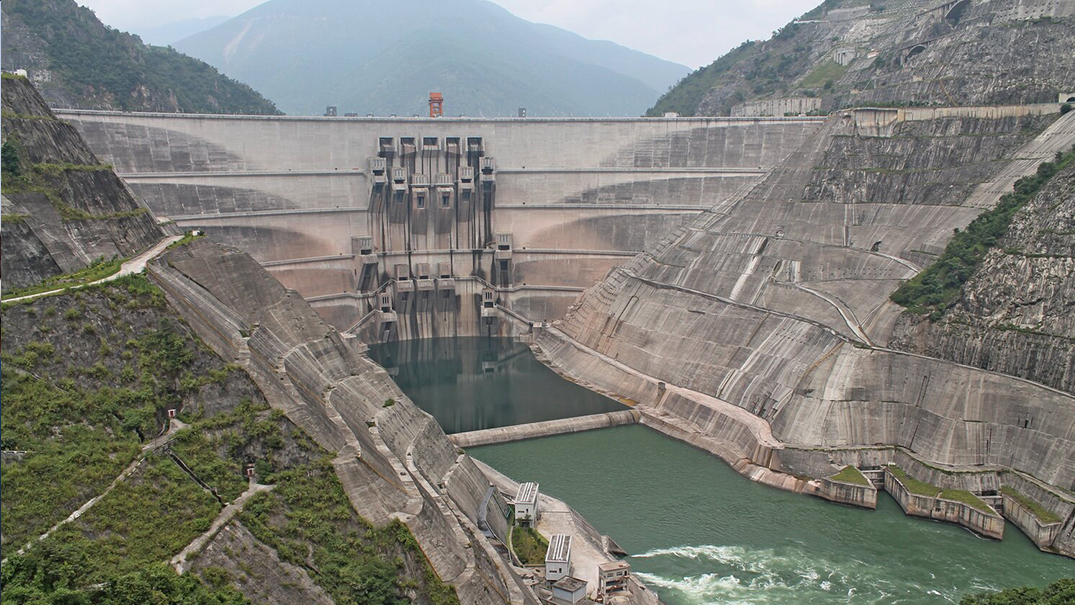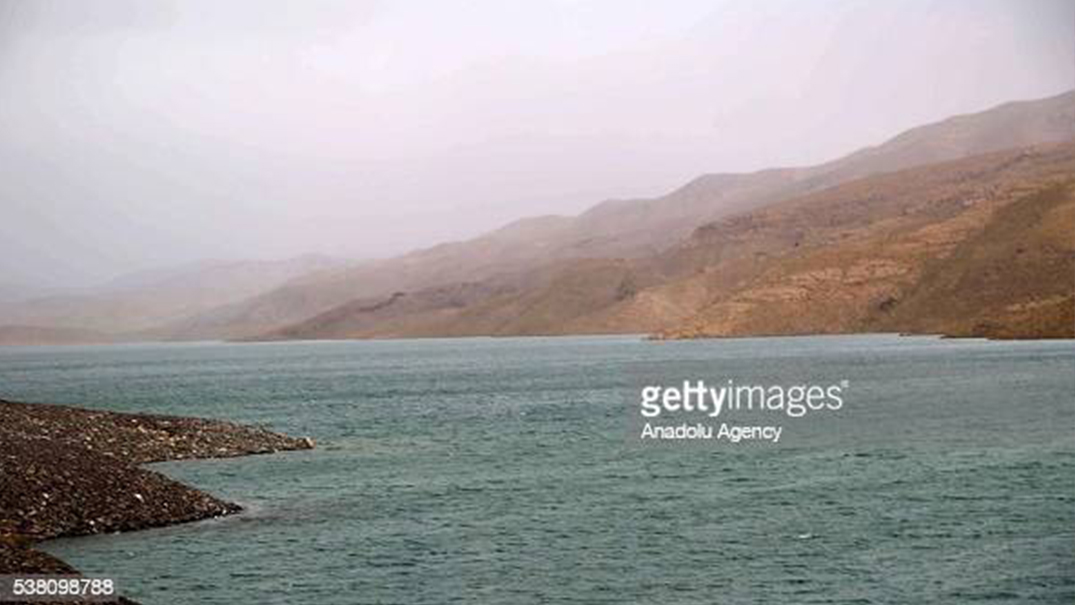Is China the Sole Culprit for the Mekong River Basins’ Woes?
A recent report on the effects of China’s dam activity on the lower Mekong river has once again questioned Chinese methods as a powerful upstream riparian. Shared by six countries, China, Myanmar, Vietnam, Laos, Thailand and Cambodia, the Mekong River is the backbone of South East Asia and an important component of China’s economic development plans in the Yunan province and south west region.
The river binds these six countries in a complex interconnected web of hydro-geography, where measures of joint management have been lacklustre at best. The four lower riparian countries began discussion in 1957, during the height of the Cold War, as a biproduct of US efforts to contain China, and ultimately established the Mekong River Commission (MRC) in 1995. The MRC has achieved some amazing success, including sustained cooperation and data sharing despite other regional differences. While China declined to join the MRC, they do have observer status along with Myanmar. In 2014 China proposed and set up the Lancang-Mekong Cooperation (LMC) bringing together all six countries.
The Mekong River has been stressed with a number of water related events in the last two decades, some natural, many man-made. China’s dam activity cannot be ignored and it is imperative that the lower river basin countries push for greater transparency.
Eyes on the Earth, a consulting company that brought out the report, analysed satellite data pertaining to dam activity and river flow over a 28-year period. They found that in 2019 dams in China had blocked more water from flowing downstream despite higher levels of precipitation in the north.
This led to a severe drought in the second half of 2019 in the lower Mekong basin, affecting the livelihoods of the 60 million people dependant on the river. It is important to note that the study only measures activity at the Chiang Saen gauging station in northern Thailand, broadly considered the first major point of entry in the lower Mekong Basin. There is no information on the outflow of the river at the last gauging station before it meets the sea. There is also no discussion on commercial and human activity on the river basin within the lower Mekong countries and water use pattern; or Vietnam’s dam activity and projects in the Central Highlands that affect several key tributaries. While the study admittedly has a specific focus, it only provides us with one part of the story, of a river basin that is incredibly complex and nuanced.
There is no doubt that dam activity in China affects a lower riparian or dependant country in the Mekong River or any of its 42 shared water courses. This is likely true for most large scale dam activity around the world that is questionable, be it in India, Turkey, Ethiopia or elsewhere. It is also true that if and when required, China could reduce the flow in any of the rivers that originates in the country for their development needs, especially in provinces that are vital zones of economic activity. Their 12th and 13th five year plans are largely predicated on water as a key driver and tool for development, which includes improving domestic resources, water pollution and effective sustainable infrastructure, as well as dam and diversion activity on major rivers, some shared with neighbours.
Beijing has historically been reluctant to engage in meaningful basin-wide cooperation, and along with a handful of other countries refused to sign the 1997 UN Watercourses Convention. However, their national needs and interests have prompted a certain amount of diplomatic engagement with some neighbours, such as Mongolia, North Korea, Kazakhstan and Russia, where they have entered into bilateral treaties. This form of engagement is not reflected in their relationship with countries of the Mekong River and while the establishment of the LMC might indicate a shift in ideology towards a basin wide multilateral cooperation it is not without numerous caveats and arguably serves Beijing’s overall geopolitical goals.
China’s relationship in the MRC needs to be examined in the context of their foreign policy which has seen a tentative transition from bilateral engagement to a few multilateral conversations. Beijing claims it is committed to the development of the Mekong basin, especially in the light of China-ASEAN engagement, and they will ensure that upstream activity will not hamper downstream flow, though that is not always the case.
There is also the question of Vietnam, not without its own ambitious development plans and high energy demand, especially in Hanoi and Haiphong and connectivity corridors linking northern Vietnam to southwest China. Hanoi has taken a leadership role in the basin and been successful in building certain bridges between China and the lower Mekong countries, while their dam activity, hydropower goals and development needs play an important part in the story. The resolution of the land dispute between Vietnam and China in early 2000 saw better multilateral engagement as a whole and a surge of investment, support and involvement from Vietnam, especially in the space of electricity.
The Mekong River has been stressed with a number of water related events in the last two decades, some natural, many man-made. China’s dam activity cannot be ignored and it is imperative that the lower river basin countries push for greater transparency, however it is equally important to take into account the stress on the river from the other riparian countries, where livelihood sustainability and economic aspirations enjoy primacy and are important drivers in the cooperation and development agenda of the entire river basin. Thus analysis from activity in one measuring station or examining a transboundary basin from one perspective is not only detrimental to the overall study of the complex relationship but also absolves other parties of responsibility.
The Mekong River has been stressed with a number of water related events in the last two decades, some natural, many man-made. China’s dam activity cannot be ignored and it is imperative that the lower river basin countries push for greater transparency, however it is equally important to take into account the stress on the river from the other riparian countries, where livelihood sustainability and economic aspirations enjoy primacy and are important drivers in the cooperation and development agenda of the entire river basin. Thus analysis from activity in one measuring station or examining a transboundary basin from one perspective is not only detrimental to the overall study of the complex relationship but also absolves other parties of responsibility.
This article was originally published by 9Dashline in May 2020.



